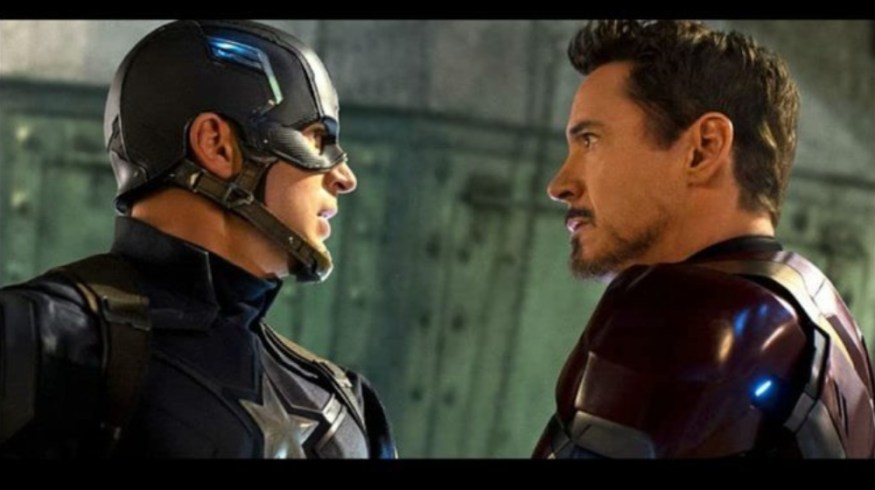
Here’s What You Need to Know About Foil Characters
A foil character’s contrasting personality holds up a mirror to their counterpart. Learn more about using this storytelling device.
A foil character is a simple, yet effective, literary device that uses two opposite characters’ juxtaposition to showcase their differences. According to the Online Etymology Dictionary, the term “foil” came about in the 1500s, and is based on the technique of placing a thin metal sheet, or foil, behind a gem to make it shine.

A foil character can be any character in a film that’s similar to another character, while also being different. Typically, however, foil characters exist to challenge or oppose the main character (or protagonist) of a story. A good foil character highlights the good and bad in their counterpart, shining a light on the foiled character’s personality without spelling it out.
Why Are Foil Characters Important in a Story?
Using a foil in a narrative is a creative way to subtly highlight the protagonist without being too obvious. While foils aren’t necessary in a story, having one as a contrast to a protagonist is an effective storytelling approach.
Saying a character is “good” can work, but showing a character’s good side by showing another similar character misbehaving is much more rewarding to the storyteller and the audience. There are other ways to tell a character’s story in a film, but using a foil character is one creative method that shows the audience, instead of telling them.
Film Examples
Instead of using the same tired examples from classical fiction that no one’s read since high school, I compiled a brief list of foil characters from contemporary pop culture-relevant films.
Luke Skywalker and Rey
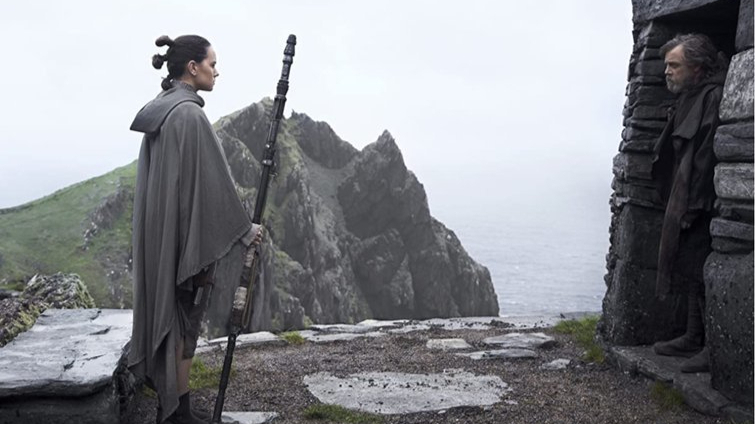
At the end of Star Wars: The Force Awakens, Rey finds Luke hidden away on Ahch-To, leaving the audience to believe that Rey will finally get the Jedi training she needs from a wise and accepting Jedi master. However, when the story picks up in Star Wars: The Last Jedi, Luke isn’t his former self, and he’s been in hiding because he’s given up on the cause. The once-hopeful Skywalker is now a curmudgeon living on his own on a desolate planet, drinking unpasteurized green milk from a Thela-siren.
Where Rey is hopeful and eager to fight the First Order, Luke is angry and resigned. Luke’s smoldering anger at himself contrasts Rey, who’s on her way to becoming a proper Jedi who will save the galaxy from the forces of evil. Luke is unwilling to repeat his mistake with his former student-turned-Sith, Kylo Ren, and Rey’s raw power reminds him of his previous failure.
Though Rey is the protagonist of the story and Luke is the foil, Rey is also a foil to Luke. Rey reminds Luke that he’s not done fighting yet, and Luke keeps Rey from succumbing to the dark side. The odd student-teacher relationship wasn’t what either wanted, but their challenging views brought out the best—and sometimes the worst—in each other.
Harry Potter and Draco Malfoy
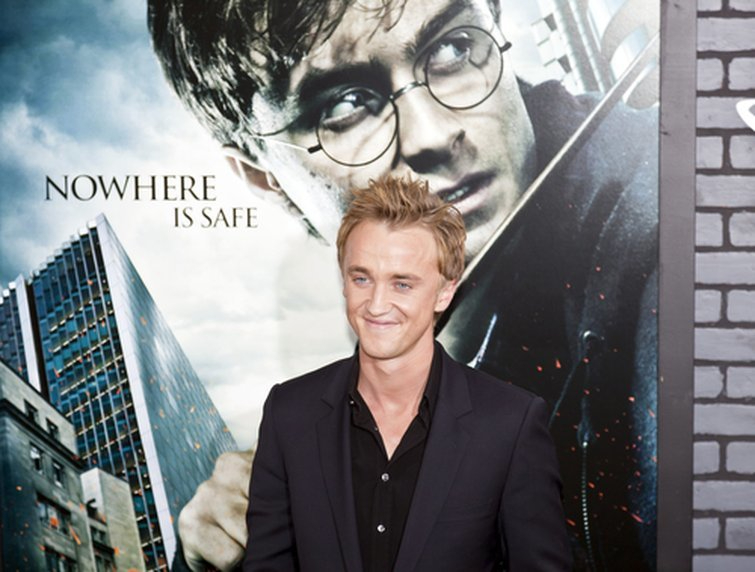
Across all the Harry Potter films, Draco Malfoy was there to taunt, laugh, and bully Harry, which some might consider the acts of an antagonist. But, that’s not quite right. Malfoy is the foil of the story, a direct opposite to Harry, and one whose continued appearance in the films serves to highlight Harry’s goodness.
While both characters have different backgrounds—Harry is a half-blood, whereas Malfoy is a pure-blood—they are both popular and wield a lot of influence in their respective houses. However, they’re on opposite sides of the same coin. Harry is likable, humble, and eager to help, while Malfoy is rude, arrogant, and cruel to his friends and classmates.
Malfoy is never more than a nuisance in the films, a minor character with a mean streak that stems from a bad upbringing. The rivalry between the two characters does get violent, but Harry saves his life in the end, something that Malfoy would never have done. No matter how low Malfoy stoops, Harry always turns the other cheek.
Iron Man and Captain America
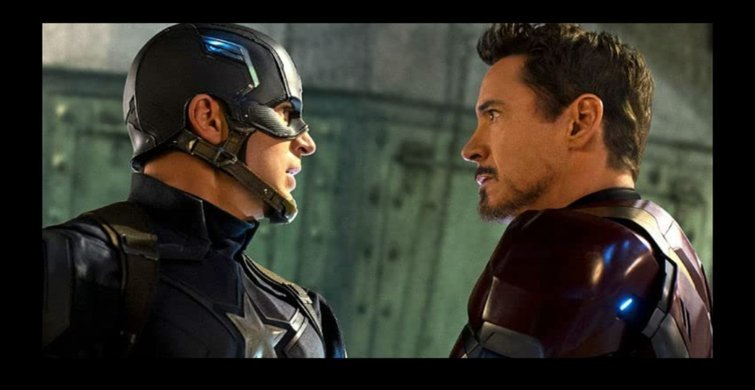
Tony Stark (Iron Man) is filthy rich, witty, cocky, and the smartest guy in the room—traits that lead a person to not work well with others. Unfortunately for him, he and his shiny suit can’t save the world without some help, and that’s where Steve Rogers, alias Captain America, comes in.
Captain America (Cap for short) is from another time. Cap was a skinny kid from Brooklyn who joined a super-soldier program that turned him into a Nazi-punching hunk. He’s America’s greatest hero: humble, likable, and something of a boy scout, the kind of guy who drinks a warm glass of milk before bed. He’s the anti-Iron Man.
The characters are different in many ways, but they’re both natural-born leaders with a desire to do good, and an all-or-nothing commitment to the team. Cap is the dutiful soldier, while Tony prefers to follow his own rules, and having them on the same team brings out their personality traits even more.
Are Foil Characters and Antagonists the Same?
A foil character and an antagonist are not mutually exclusive, but not every foil is an antagonist and vice-versa. An antagonist’s sole purpose in the story is to oppose the protagonist and their actions. An antagonist is the villain in the story, a character who either actively works against the protagonist or one whose actions the protagonist is trying to prevent. Foils are similar, which is why there’s such confusion, but foils aren’t inherently against the protagonist. Instead, they serve as an opposite to contrast the protagonist.
In some cases, the foil and the antagonist can be the same person, as is the case in the Harry Potter series. A character can have multiple foils, and the argument can be made that Voldemort is also Harry’s foil. There are various similarities between the two, not the least of which being that they both have wands with phoenix feather cores, which is a critical point in the plot. Though Voldemort can be seen as Harry’s foil, he’s also the antagonist to Harry’s protagonist.
Can a Foil Be a Friend?
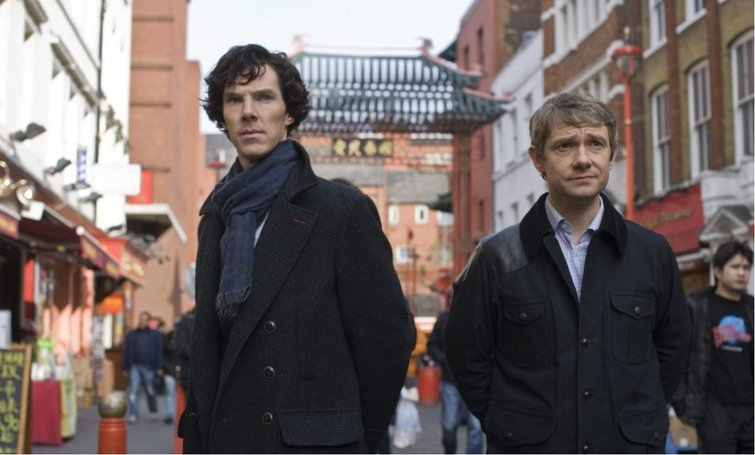
It can be confusing to think of a foil being a friend, but it’s common in films and TV. Sherlock Holmes and John Watson are dear friends, but they are also each other’s foils. Sherlock is an insufferable know-it-all in the BBC Sherlock series, with little empathy or need for manners, while Watson is driven by emotion rather than cold logic. Although the pair differ in their views and bicker often, they bring out the best in each other.
Once again, in the Harry Potter series—I promise I’ve seen other films—Hermione can be seen as Harry’s foil. They were both raised in muggle households, both were placed in the same house, both start not knowing much about magic, and they’re Ron’s best friends. But, Hermione is a studious person with a Type A personality, who’s prepared for anything. Harry’s the opposite.
Harry follows his instincts and wings it most of the time, which is why he’s always in a near-death situation. Where Harry’s innate drive to follow his heart lacks forethought, Hermione saves him with plans to brace for any outcome. In the final film, Harry Potter and the Deathly Hallows: Part 2, it’s Hermione who carries an enchanted bag with all of their clothes and supplies, once again highlighting Harry’s unpreparedness and his naive notion that he could do it all on his own.
Can Supporting Characters Have a Foil?
The film’s antagonist is the main course of the meal, and special attention is paid to their foils, but supporting characters can have foils, too. In Star Wars: The Last Jedi, Finn’s foil is Captain Phasma, and Poe Dameron’s foil is Admiral Holdo.
Finn and Captain Phasma are similar because they both served the First Order. Finn escaped in Star Wars: The Force Awakens and renounced his old stormtrooping ways, but they faced each other as enemies on either side of the war in Star Wars: The Last Jedi. Finn is an optimistic do-gooder who’s doing his part to end the First Order, while Captain Phasma is at the other end of that spectrum. The pair don’t appear in many scenes together, yet they have a history, and their final battle ends with Finn killing off his old boss.
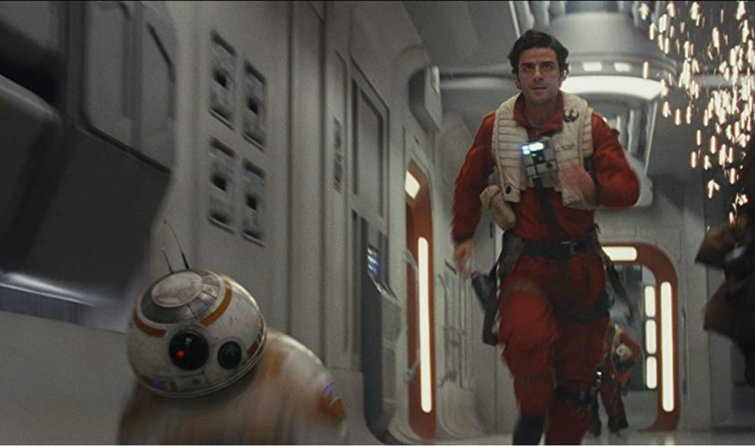
In Poe’s case, he’s a “trigger-happy flyboy,” according to Admiral Amilyn Holdo. The pair are each other’s foils. Poe acts before thinking; Admiral Holdo thinks before acting. When Admiral Holdo decides that evacuating is a better option than going toe-to-toe—or wing-to-wing, since it’s a space battle—with the First Order, Poe commits mutiny, believing his way is better. But, in the end, Admiral Holdo pulls off one of the sickest moves in Star Wars history—The Holdo Maneuver—crippling the First Order with her valiant sacrifice.
Where Poe was impulsive and eager to battle, Admiral Holdo was patient and strategic, putting those under her command first to fight another day. While Poe is a cool pilot guy in the three films he’s in, Admiral Holdo highlights that his passion to do good is sometimes in conflict with what’s best for the Resistance. Yes, Poe is the best pilot in the galaxy—that we know of—but his rash nature sometimes endangers his squad and the movement, which adds layers to the character that would otherwise be just another trigger-happy flyboy.
Foil: Wrapping It up
Every good character needs a foil, and every beginning needs an ending. Whether you’re writing a screenplay or learning to appreciate movies beyond the “wow” factor of special effects and cool one-liners, learning what a foil is and how it differs from an antagonist is important.
A foil character’s primary role is to bring the character being foiled into sharper focus. By simply existing in the story and taking a different approach to a situation, a foil character can carry the narrative of the opposing character. Whether they do something or don’t, how the foil character reacts in contrast to their counterpart is a useful tool in character development and storytelling.
For more on character development and storytelling tools, check out these articles.
- Up the Ante in Action Sequels Through Character Development
- Increase Your Production Values with Simple Costume Design
- Breaking the 4th Wall: This Storytelling Tool’s History and How to Use It
- How Editors Are the True Gatekeepers of Storytelling
- Learn the The Art of Hollywood Storytelling
Cover image via Walt Disney Studios.




